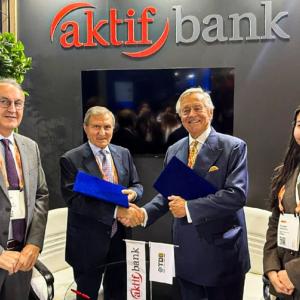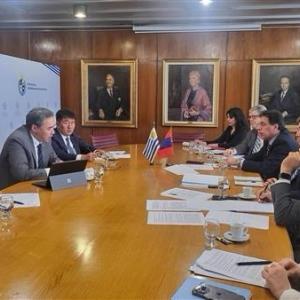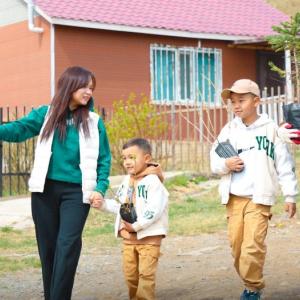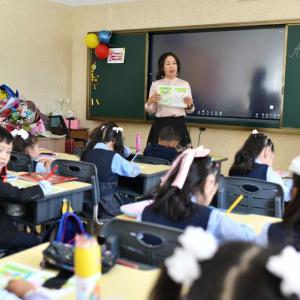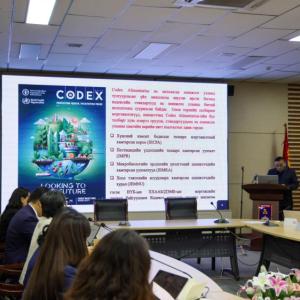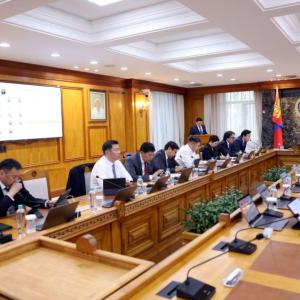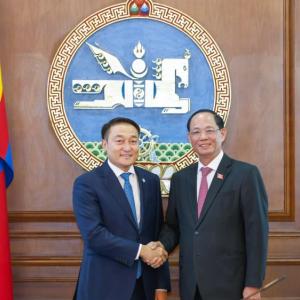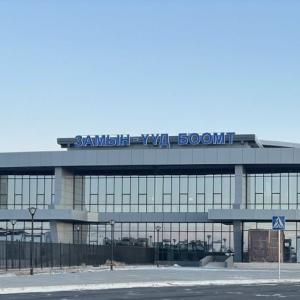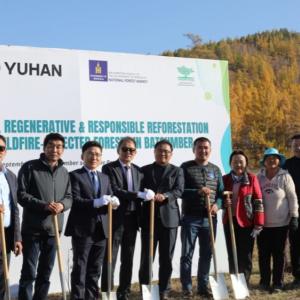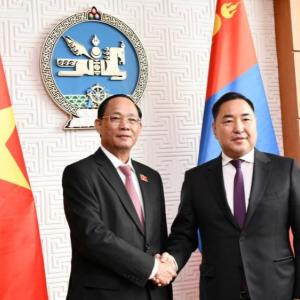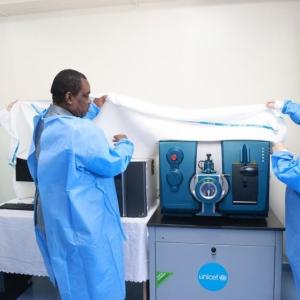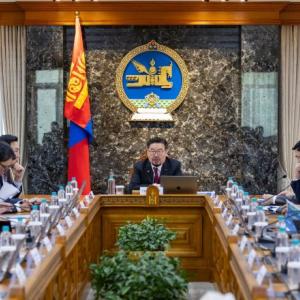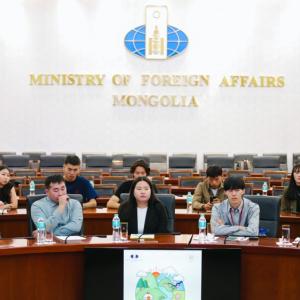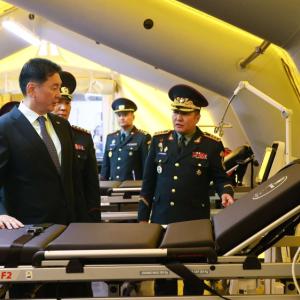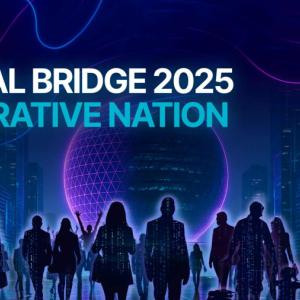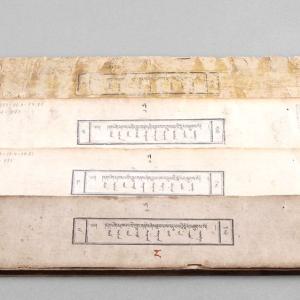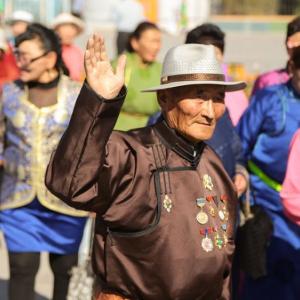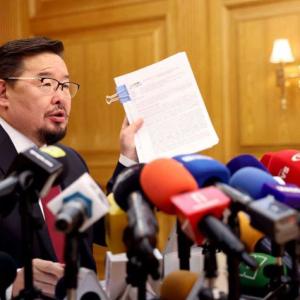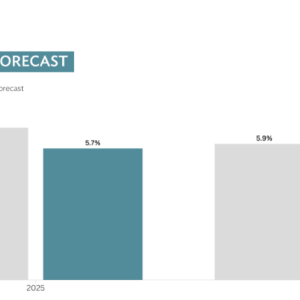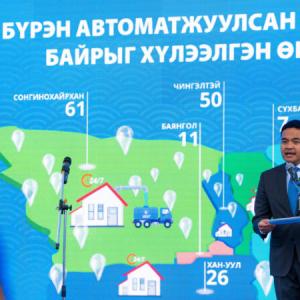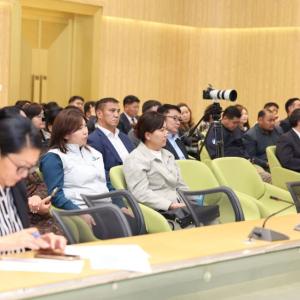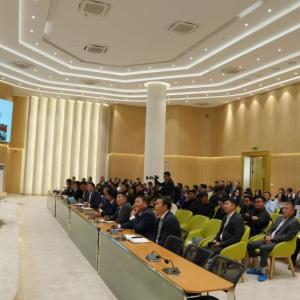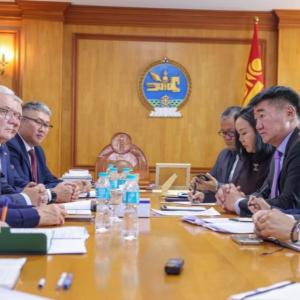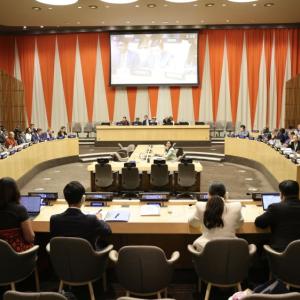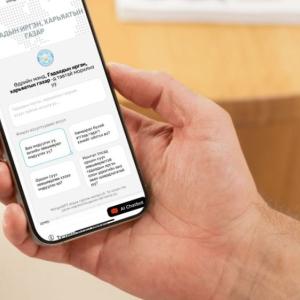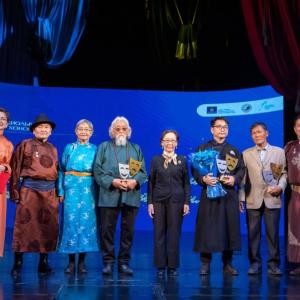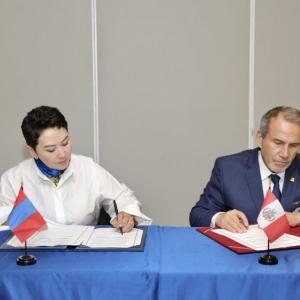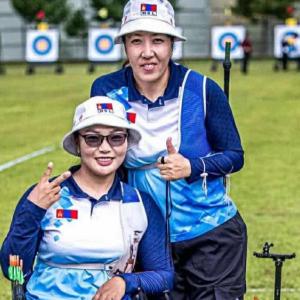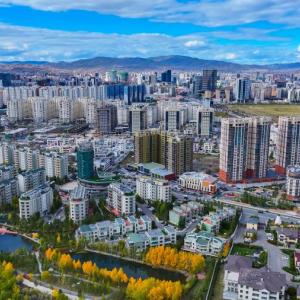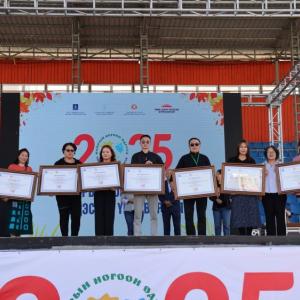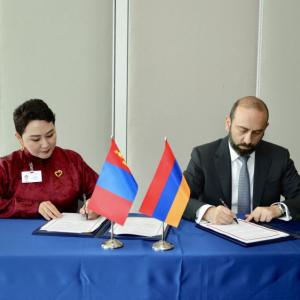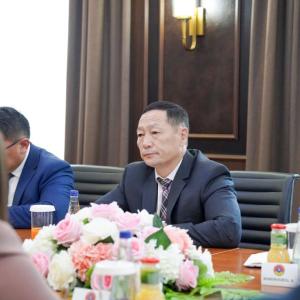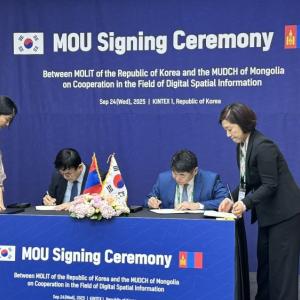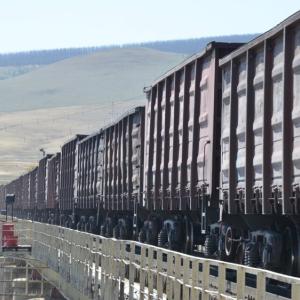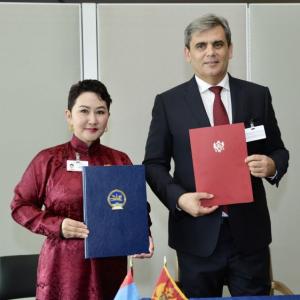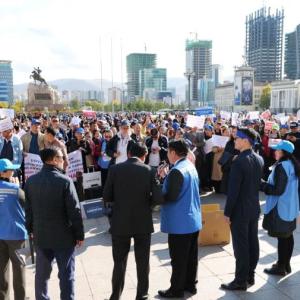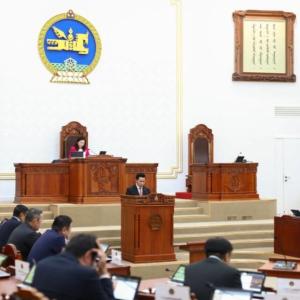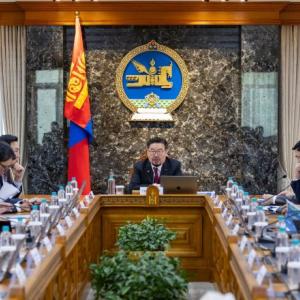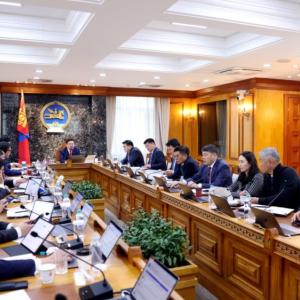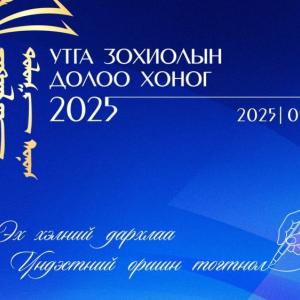Ulaanbaatar residents vote for priority local development projects for 2021
Society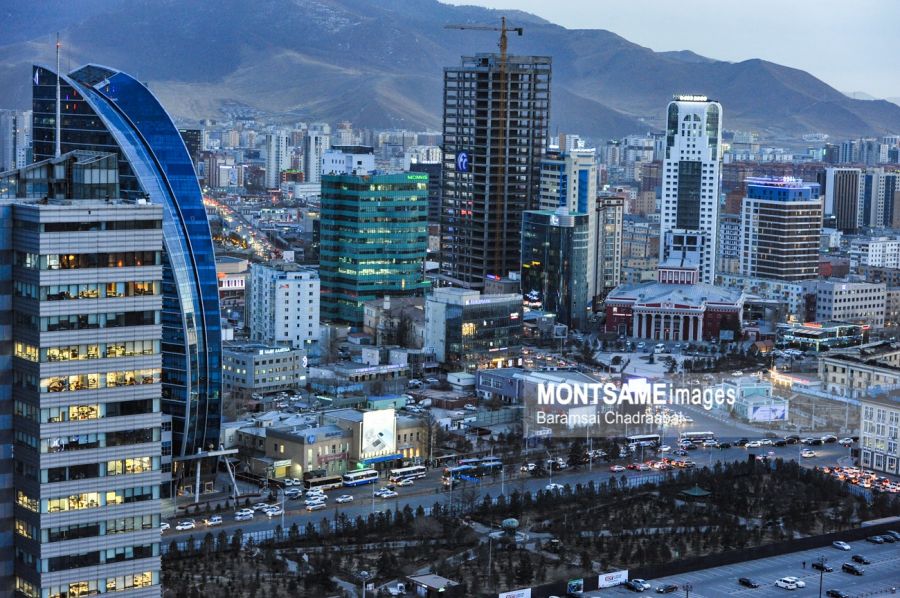
Ulaanbaatar /MONTSAME/. The current model system to directly ask citizens what improvements should be made in their living environment was initiated by capital city officials in 2013. Last year, Ulaanbaatar city residents voted how to spend the MNT 27 billion budgeted for the capital city by from the total budget of MNT 188 billion for the nationwide Local Development Fund in 2020.
The voting continues to be implemented in Ulaanbaatar this year via an annual online voting mechanism. As their requests and suggestions used to be received on paper in the previous years, residents of the capital city voiced their opinions through SmartUb, the newly launched smartphone application online in 2020.
The e-voting was carried out in 173 khoroos of the capital city’s nine districts over the course of 50 days from March 1 to April 20. Of the 806 thousand citizens that are over the age of 18, 347 thousand citizens voted, bringing participation to 43.07 percent. 159 thousand were male citizens, while the rest of the 187 thousand citizens were female. Until the e-voting system was introduced this year enabling every citizen to vote, each household was entitled to only one vote.
Citizens of Bagakhangai district had the highest participation with 100 percent, while only 18 percent of the citizens in Bayanzurkh district filled the questionnaire. Furthermore, while citizens living in apartment complexes mostly voted for the installation of more security cameras as well as children’s playground and green areas, citizens living in ger districts voted for street lights and urban re-planning alongside more security cameras.
The most voted suggestion by the citizens involved was installation of more security cameras in their respective khoroos and districts with the LDF in 2021. From this, it can be seen that citizens wish for safer living environments.
Following the completion of the questionnaire, the works will be implemented through stages, such as project assessment and prioritization, implementation, procurement, monitoring, and funds management.
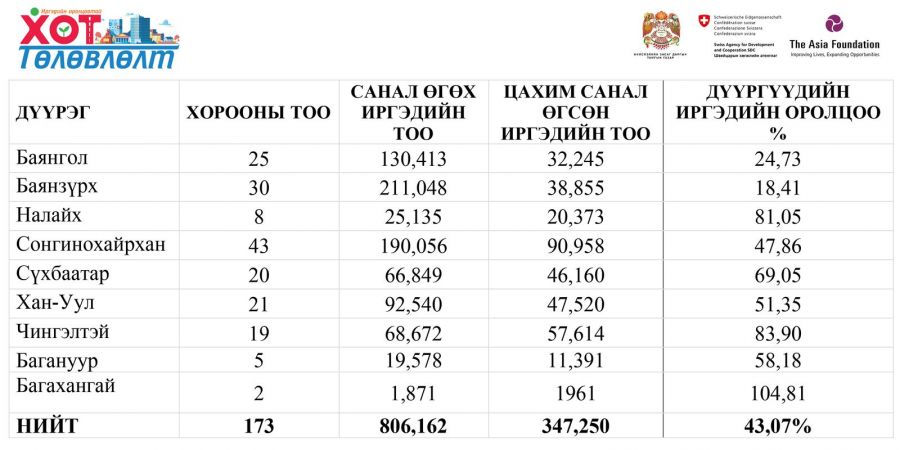

 Ulaanbaatar
Ulaanbaatar

